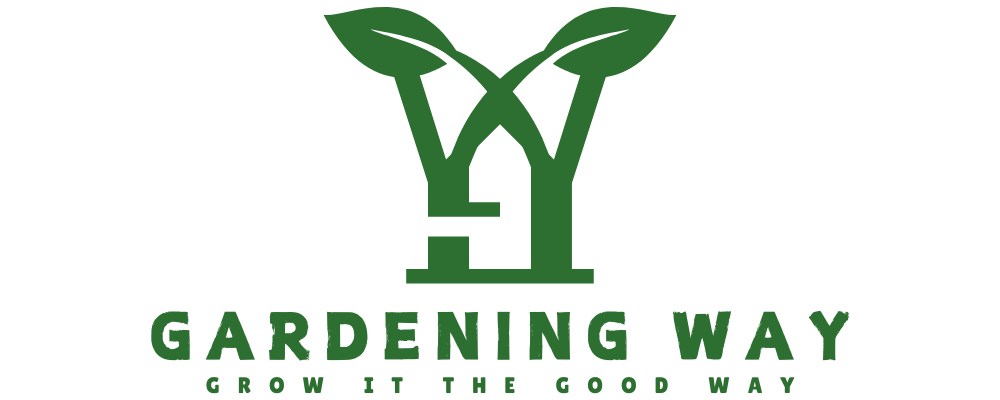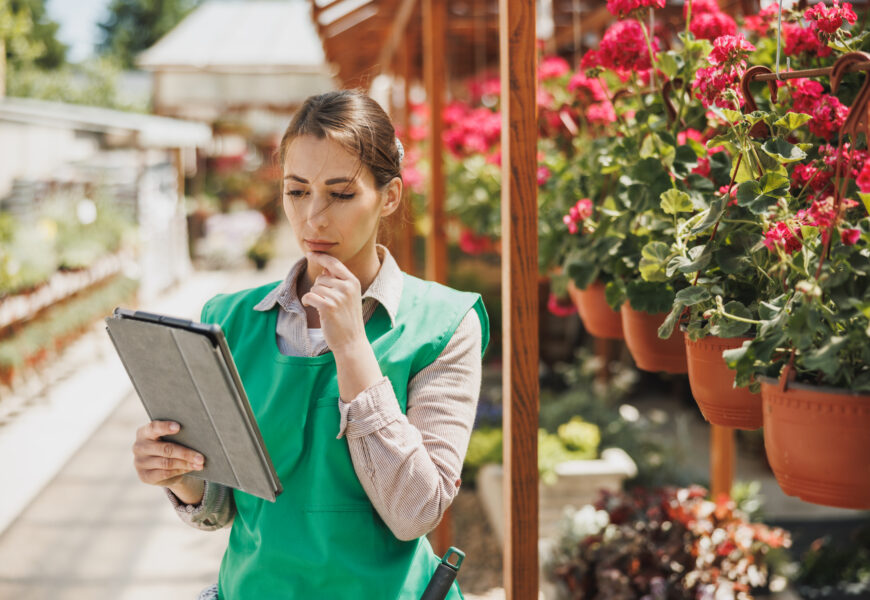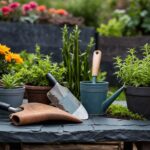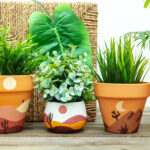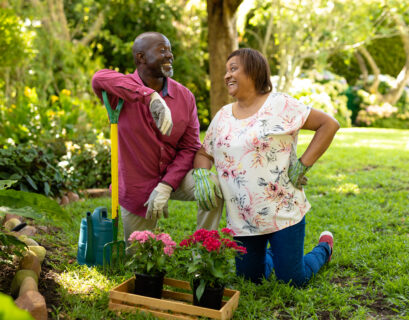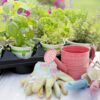Starting your gardening journey in Denver, CO, opens up a world of possibilities. But with so many plants to choose from, picking the best plants for beginner gardeners can be tough. Whether you want a peaceful oasis or a garden full of food, the secret to success is choosing the right garden plant selection.
For beginners, starting with easy-to-care-for perennials is a smart move. These plants are perfect for zone 5b and come back every year with little work. Consider hydrangeas, hostas, or perennial flowers for their beauty and ease. For more tips on planning and caring for your garden, check out Gardening Way.
Every part of your garden has its own needs. From shady spots to sunny areas, each spot affects what plants will grow best. Spring is a great time to plant new things, but don’t forget to leave space for future plants like berry bushes. Good drainage, enough sunlight, and planting at the right time are key to a successful garden.
Start with a small garden, like a raised bed or a 100-square-foot plot. This size is perfect for trying new things and learning without feeling overwhelmed. Look for plants that fit your garden’s conditions and your personal taste. Options like onions, zucchini, or cherry tomatoes are great for beginners and offer lots of rewards.
Assessing Your Garden’s Microclimates and Conditions
Understanding your garden’s microclimates is key to a thriving garden. These are small areas where conditions differ, affecting plant growth. Knowing them helps pick the right beginner-friendly plants and ensures success with easy-to-grow plants.
Start by checking how much sun your garden gets. Full sun areas get six or more hours of sunlight, perfect for most plants. Partial sun spots get four to six hours, ideal for plants like ferns and hostas.
Soil moisture and type are also crucial. Sandy soil drains fast, while clay soils hold moisture longer. Choosing plants that match your soil type prevents problems like root rot or drought stress. Seasonal gardening activities improve your garden all year.
Wind exposure is another factor. Windy spots need plants that can handle it or are low to the ground. Using hedges or trellises can also protect delicate plants from the wind.
Knowing your USDA hardiness zone helps pick plants that survive winter. This is key for perennials that come back each year. Matching your garden’s conditions with the right plants boosts your garden’s success.
Good gardening starts with knowing your local conditions and garden microclimates. Making smart choices about sunlight and soil moisture affects your garden’s health. With this knowledge, even beginners can pick easy-to-grow plants for a beautiful garden.
The Importance of Planting in the Right Spot
Following the right plant, right place rule is key in gardening. It helps grow easy-to-grow plants. When you put a plant in the best spot, it adapts well. This leads to healthier plants that fight off pests and diseases better.
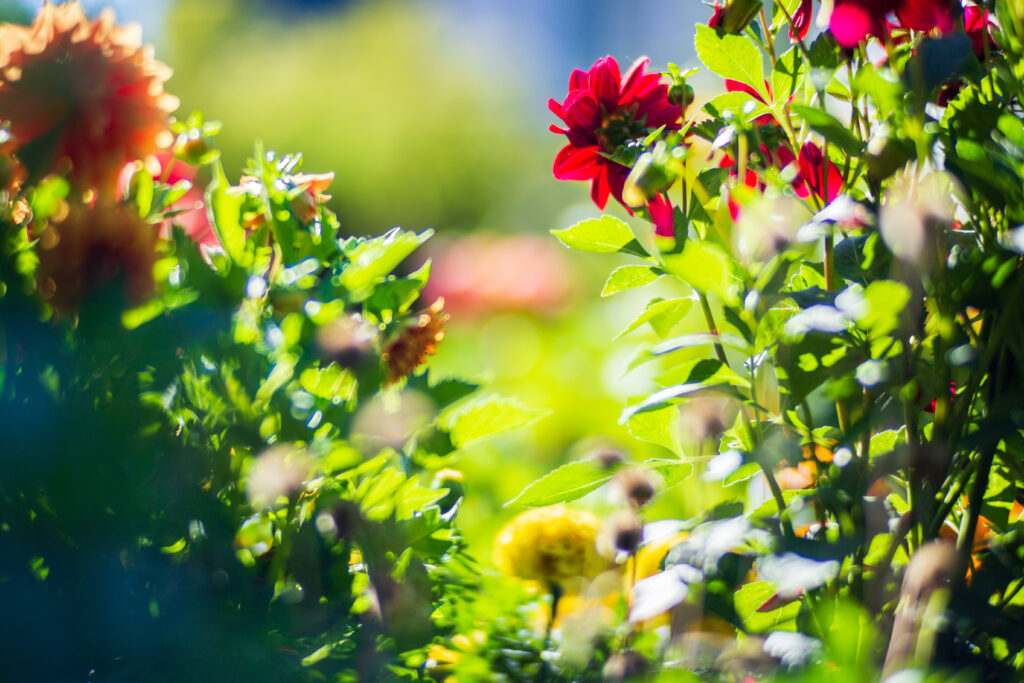
To use the right plant, right place idea, think about a few things. Consider how much sunlight the area gets, the soil’s moisture, and the temperature it needs. Most plants need 6 to 8 hours of sunlight daily.
But, where you put the plant matters too. Avoid spots that stay wet or are always in the shade. These can make your garden struggle or thrive.
Checking the soil is also important for picking the best spot. Adding organic stuff to the soil helps plants stay healthy. If you’re planting in the ground, adding a few inches of good garden soil can help roots grow strong.
Using mulch smartly keeps the soil moist and at the right temperature. This is key for easy-to-grow plants to do well.
Understanding and using the right plant, right place idea leads to healthy plants and less work. With good planning and knowing what each plant needs, gardens can be both pretty and productive.
Best Plants for Beginner Gardeners
Starting your gardening journey can be thrilling and a bit scary. Picking top plants for new gardeners that are tough and simple to handle is key. Over the past three years, we’ve found the best plants for beginners.
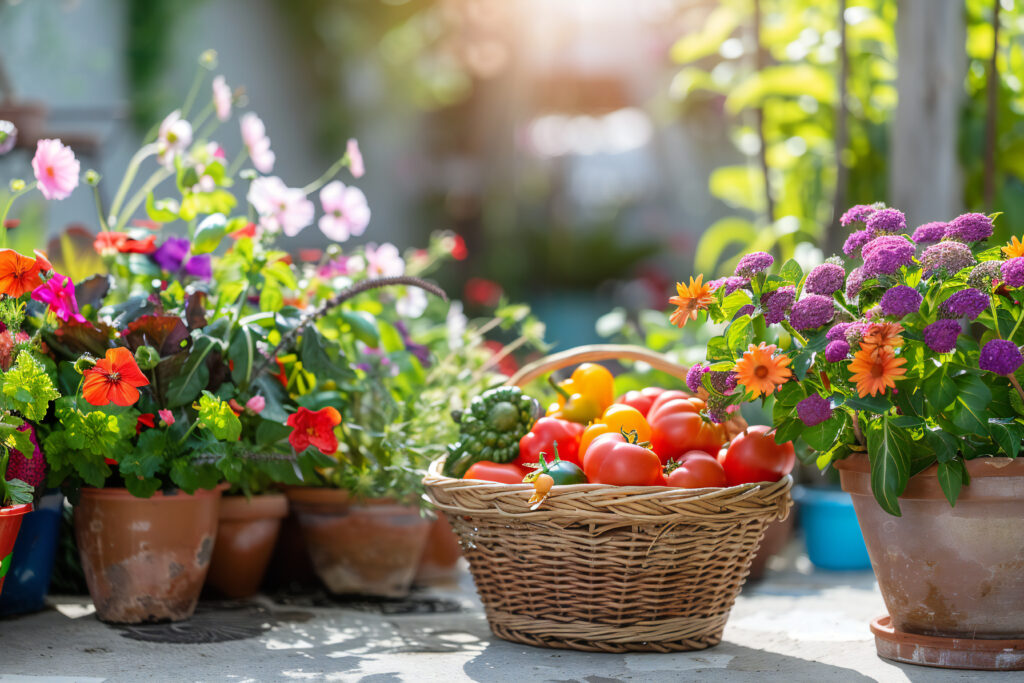
Tomatoes, cucumbers, and bell peppers are great for beginners. They grow well in many conditions and produce a lot of food. Jalapeño and Thai chili peppers are easy to grow and can do well in pots or in the ground. Leafy greens like lettuce grow best in cooler weather or indoor settings, making them perfect for spring or fall.
Herbs are great for beginners too. Basil is a good match for tomatoes and adds flavor while keeping pests away. Chives and mint not only taste great but also keep insects away. Rosemary is easy to care for once it gets going.
Flowers can make your garden a haven for bees and butterflies. Zinnias come in many colors and attract pollinators. Sunflowers are easy to start from seed and add a bright touch to your garden. Perennials like rudbeckia and nepeta bloom for years and need less replanting.
Strawberries are perfect for small spaces because they come back every year with little care. French marigolds brighten up any garden and keep pests away. They’re easy to grow from seeds you scatter in the soil.
Starting with these easy plants, new gardeners can quickly see success. Each plant helps you learn gardening basics and builds your confidence. This prepares you for tackling more challenging projects later on.
Shopping for Your Garden: Seeds vs. Transplants
Starting your first garden means making big decisions, like choosing between garden plant selection. You can start with seeds or buy transplants. Knowing the pros and cons of each can help you pick the best for your first garden plants.
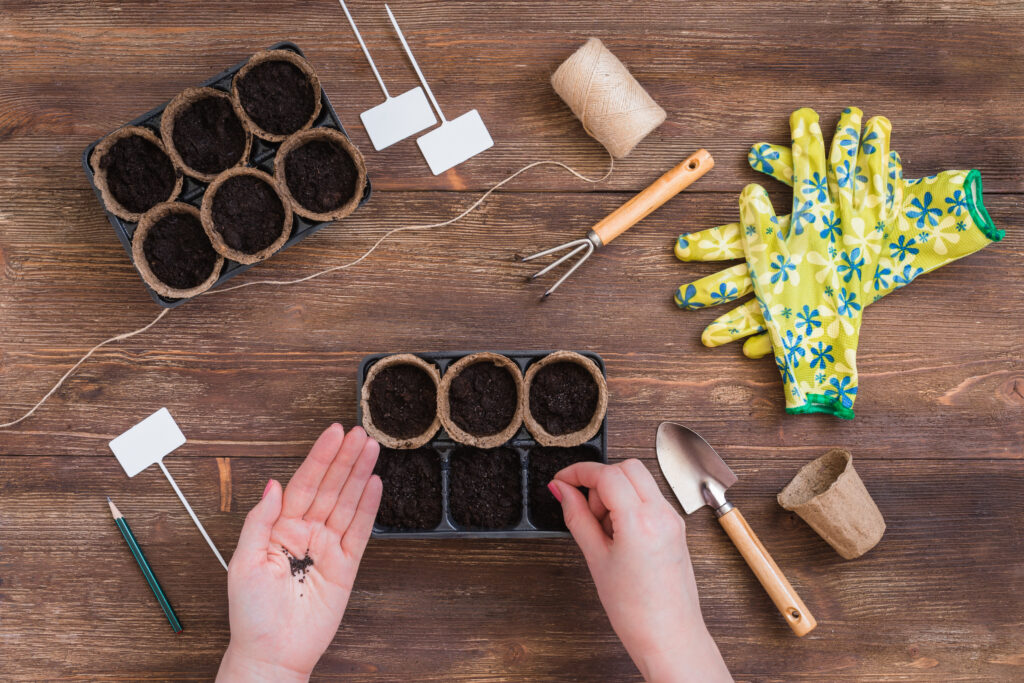
Seeds are great because they’re affordable and come in many types. They let you pick exactly what you want for your garden. But, starting with seeds takes more time and effort. You’ll need to prepare the soil, give them light, water them often, and wait for them to grow.
Transplants are a quick and easy way to start your garden. They’re young plants grown by experts to be ready for your garden right away. While you might not have as many choices as with seeds, transplants get you gardening faster. In places like northern Utah, many gardeners use both seeds and transplants to get the best of both worlds.
When picking transplants, make sure they’re healthy and free of pests. Make sure they haven’t been treated with pesticides. Transplants can suffer from shock if not prepared right, especially if moved too quickly from a greenhouse to outside.
Experts at Millcreek Gardens say beginners often prefer transplants for their ease. They offer advice and support to help new gardeners succeed. Whether you choose seeds or transplants, both have their own benefits for your garden and your gardening journey.
The choice between seeds and transplants depends on your gardening goals and how much time you can give to your garden. Both have their place in gardening, and using them together can lead to a beautiful, diverse, and sustainable garden.
Timing Your Planting: Understanding Frost Dates and Seasons
Frost dates are key to growing easy-to-grow plants. They mark the changes in seasons that affect how well plants grow. Knowing these dates helps you plan when to plant cold-hardy and warm-season crops.
Plants like lettuce and broccoli can handle the cold. They can survive light freezes, where it gets just below freezing. This means you can start planting them early, giving them a head start.
But plants like tomatoes and cucumbers need more care. They can’t handle the cold well and need warm soil and nights. Planting them too early can hurt them. Waiting until it’s safe and the soil is warm helps them grow better.
The Old Farmer’s Almanac gives good frost date info, but remember, actual dates can change. To protect plants, you can use row covers or move plants inside. Mulching also helps keep roots warm in sudden cold snaps.
Knowing about frost dates helps you plan your garden better. It makes sure easy-to-grow plants get off to a good start. This can make your harvest much bigger.
Preparing Your Garden Layout
Starting your first garden requires careful planning, especially when it comes to the layout. Begin with a small area, like a 100 square foot garden, perfect for beginners. This size is easy to manage and lets you try out different plants.
Most plants, like lettuce, tomatoes, and radishes, need 6 to 8 hours of sunlight a day. Drawing a scale model of your garden helps you see how plants will fit and get enough sunlight. Make sure to plan for each plant’s size at maturity to avoid crowding and ensure good air flow.
Using raised beds is great for new gardeners. They should be about 4’ x 4’ or 4’ x 8’. Raised beds make it easier to control the soil and drainage, which is key for first garden plants. Adding compost early on boosts soil health and helps plants grow better. A 2- to 3-inch layer of compost on these beds is very helpful.
If you’re planning a bigger garden, a 12’ x 24’ layout can feed a family of four. This size lets you rotate crops and grow a variety of vegetables for a steady harvest. Consider setting aside space for perennials like kale and spinach that come back every year.
Using tools like the Garden Planner can make planning easier. This tool helps you arrange your garden for the best use of space and gives planting advice based on your local climate. It also suggests the best plants to grow together. This way, your garden design and the care of your first garden plants will be efficient and productive.
Embracing the Gardening Journey
Starting your first garden plants journey is exciting. It’s filled with learning and discovery, especially for beginner gardeners. The Natchez Glen House shows how a simple property can become a magical peony meadow. By understanding nature, gardeners can pick plants that do well and fit their garden.
From the beautiful Coral Charm peony to the tough Gardenia, there are many plants for beginners. These plants make gardening a rewarding experience.
Gardening teaches important life skills like patience and hard work. Peonies bloom beautifully every year, showing us to be patient. Our website offers many plants perfect for beginners, helping them grow a beautiful garden step by step.
The gardening community is full of support for new gardeners. It welcomes everyone with open arms. Plants like sunflowers, marigolds, zinnias, pansies, and petunias are great for beginners. Each plant needs the right amount of sunlight and blooms in different seasons, adding color to your garden.
There are many resources for beginners, like 10 essential steps for starting a garden. Raised beds and companion planting are also helpful. Tools like the Lomi food recycler improve the soil, making your garden a place of growth and learning. It becomes more than just a garden; it becomes a lifelong passion for caring for life.
